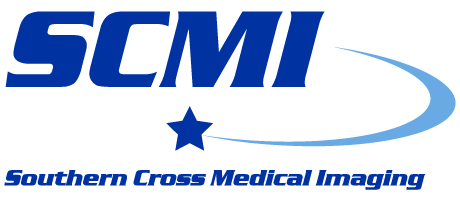CT uses the same principle as X-ray to generate an image of the body. But instead of a fixed X-ray tube, CT uses a motorised X-ray source, with extra computer processing it generates three-dimensional images of the scanned body parts. CT images typically have higher resolution, are more versatile when compared to X-ray images and can differentiate between various types of soft tissue. In order to accentuate the soft tissue contrast even more, a contrast agent based on iodine may be injected intravenously.
Like X-ray, we also adhere to the ALARA (As Low As Reasonably Achievable) principle to minimize radiation dose while trying to achieve the best diagnostic image possible. Similar quality control and accreditation processes are also in place.
Preparation
If your examination requires the use of a dye/contrast, you will be required to fast for 4 hours and stop certain medications prior to the examination. You will be advised accordingly when you make your booking.
Please bring the following to the clinic (if applicable)
- Valid referral
- Medicare/Healthcare/Pension card
- Prior scans (e.g. X-rays, Ultrasounds, CT, MRI) and reports.
At the appointment, you may be required to drink an oral contrast medium in addition to the contrast injection which will be indicated to you when you arrive. The radiographer will then go through a checklist to ensure we are performing the correct exam on the correct patient. If a contrast injection is required, the possible risks will be discussed with you by the radiographer. A written consent will be sought prior to the exam. All patients who have been given contrast will be monitored for 15 minutes before leaving the clinic for the small risk of a delayed allergic reaction
For female patients, please inform the radiographer if there is a possibility that you may be pregnant.
You may be asked to change into a gown and remove jewellery and other metal objects. CT examinations generally longer amount of time than X-rays due to the additional preparation and monitoring required. You will be given an indication of the length of the examination when you make your booking.
During the scan you will be asked to lie on a flat table. It will move you through the middle of a CT scanner which shapes like a doughnut. There will be verbal instructions asking you to stay still and/or hold your breath.
Should you have any further questions please ask the radiographer or you may like to have a look at the following websites:
